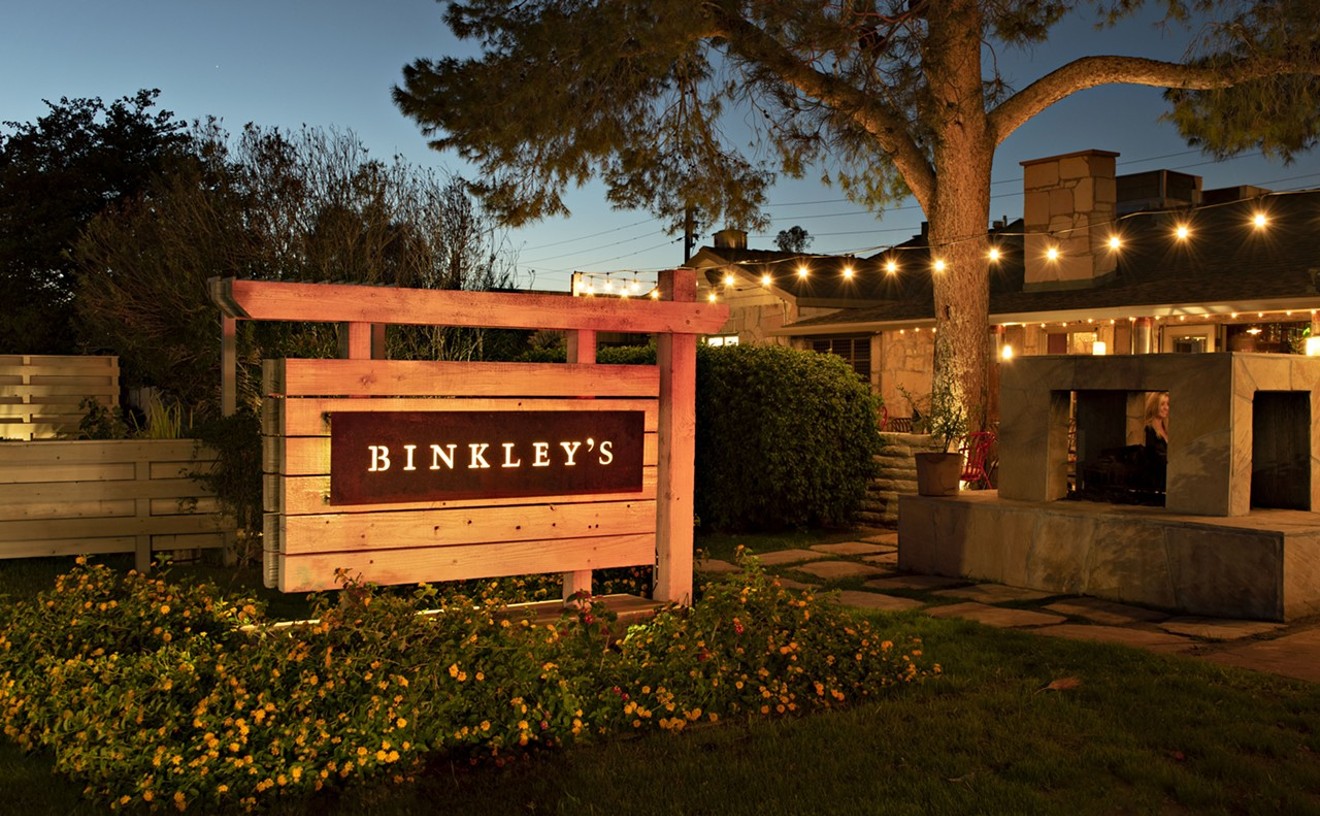Finding a decent bottle of bubbles to ring in the new year doesn't have to be a champagne in your assets. I found a number of good, reasonably priced champagnes at local outlets for a recent champagne-tasting party.
But will there be a champagne shortage on December 31, 1999? Possibly. If you buy into the millennium-hype du jour, the answer is yes. But a check of champagne suppliers suggests that if you plan to face Y2K on a wait-and-see basis, you'll probably find some fizz for your fete. Just to be safe, don't wait until the last week in December to make your purchase.
Right now store shelves are loaded with champagne and sparkling wine. (Champagne is French. If it's bubbly, but not from France, it's sparkling wine.) A few well-known brands and select vintages are sold out, but the pickings are still very good. I'll go so far as to predict that champagne will be on a few bargain tables on January 2, 2000.
First, though, a champagne primer. Champagne starts out as wine, although to minimize red color, the juice must have as little contact as possible with the grape skins. To turn this wine into champagne, a mixture of wine, sugar and yeast is added to the cask to start a second fermentation. About three months after bottling and corking, you get bubbles from the carbon dioxide -- a by-product of fermentation.
But the bottles may be stored for years. In the early months, they're slanted down, so that the cork is on the bottom. The bottles are turned and shaken daily, so the sediment created by the yeast slides down onto the cork. Later, the top of the bottle is frozen so the sediment is trapped near the cork. The cork and attached frozen sediment are removed, and a little sugar and wine are added. The bottle is fitted with a mushroom-shaped cork and a wire to hold it in place. On labels, this method may be referred to as Methode Champenoise, Methode Traditionnelle, Methode Classique, Traditional Method, Classic Method, or Bottle Fermented.
The trick of using a cork to hold in the gas was first used in England around 1652. A Benedictine monk named Dom Perignon (yes, he was a real person) perfected the process in the Champagne region of France near the end of the 17th century. His name now graces the bottles of Moet et Chandon's best champagne.
A bottle of bubbles will definitely enhance your pre-millennium festivities. Champagne has been associated with celebration since the days when Dom Perignon was alive. If you still need coaxing, consider the drinking philosophy of Madame Bollinger, the grande dame of a respected French champagne-producing family: "I drink champagne when I'm happy and when I'm sad. Sometimes I drink it when I'm alone. When I have company, I consider it obligatory. I trifle with it if I'm not hungry and drink it when I am. Otherwise I never touch it -- unless I'm thirsty."
Don't fret over whether to buy champagne or sparkling wine. If it tastes good, drink it. I tried seven non-vintage sparkling wines that should be around through New Year's. Non-vintage means that a blend of up to 200 wines is used to make the champagne, so that it will taste the same every year. Vintage champagne, made with grapes all harvested in the same year, is probably long gone from the stores.
I invited six friends over for this tasting. I was the only one who saw any of the bottles before we drank. The results:
Piper Sonoma, Blanc de Noir, Sonoma, $15.99: Nice flavor, with a hint of vanilla, medium dry (which means not too sweet), but not as effervescent as I'd like. This was the best bottle under $20.
Mumm Cuvee Napa, Brut Prestige, Napa, $14.99: Starts out a little sweet, and has a heavy, barely sour finish. Very fizzy. Not bad, but the Mumm Carte Classique is better.
Mumm Carte Classique, Extra Dry, Reims-France, $24.99: Starts out tart and crisp like an apple, and has a slightly sweet finish. These flavors occur in the right order. Lots of tiny bubbles (smaller bubbles are better).
Freixenet, Carta Nevada, Brut, Spain, $6.49: Bad. I threw this in to see if anyone would notice. Everyone did. I was accused of putting chlorinated tap water into the bottle. Very little fizz and even less flavor.
Jordan "J," Sonoma, $26.99: Great taste, excellent bubbles, and the best-looking bottle on the market. A celebration in a bottle.
Schramsberg, Blanc de Blancs, Napa, $25.99: Crisp, tart, and clean tasting with a sweet finish. You can't go wrong with these bubbles.
Perrier-Jouet, Grand Brut, Epernay-France, $34.99: Nice fizz, moderately crisp, with a sweet, slightly yeasty flavor.
I bought my accessibly priced bubbles from Trader Joe's and Cost Plus. Both establishments hoped to maintain a good inventory through the New Year, but both said they expected high demand and couldn't make guarantees. Many grocery stores and liquor stores stock one or more of the brands I selected. Other respected brands are Tattinger, Moet et Chandon and Veuve Clicquot. If you want a specific brand, buy early.
French poet and diplomat Paul Claudel said, "The priest has just baptized you a Christian with water, and I baptize you a Frenchman, darling child, with a dewdrop of champagne on your lips."
May we all be baptized "Frenchmen" this New Year's Eve.
Andy Broder writes about food, develops recipes and teaches cooking classes in the Valley.
Contact Andy Broder at his online address: [email protected]










